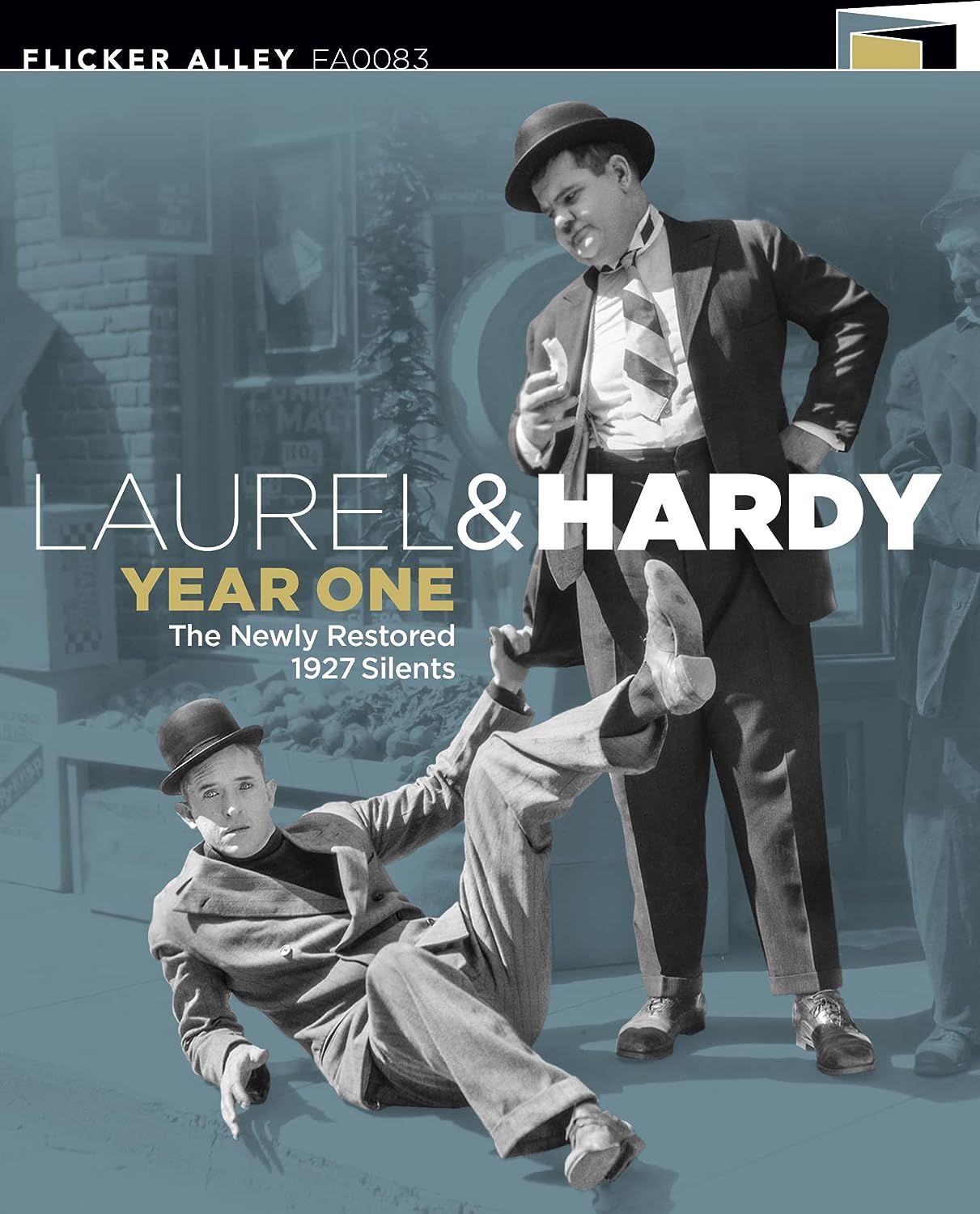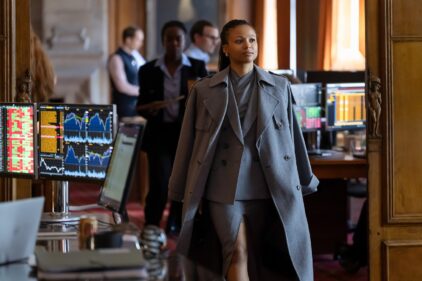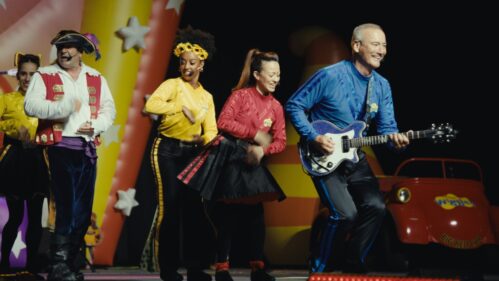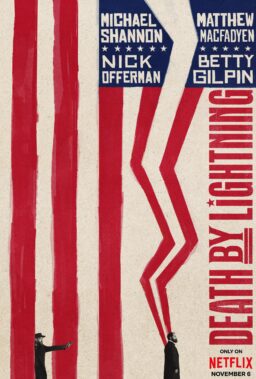“Put ‘em both up, insect, before I comb your hair with lead …”
What reads like cliched dialogue from some forgotten B-western or gangster movie are among the most momentous words in the history of screen comedy. They mark the first on-screen meeting between Oliver Hardy and Stan Laurel in the 1921 silent film, “The Lucky Dog.”
Six years later, the two, each with their own careers, would be cast together in a series of shorts that marked the beginning of a beautiful partnership comprising 106 short subjects and feature films.
“Laurel and Hardy: Year One,” a definitive and essential two-disc Blu-ray set out now from Flicker Alley, collects “The Lucky Dog” along with the first 15 shorts in which they both appeared. The shorts, released primarily in 1927, witness the evolution and blossoming of their partnership.
In Leonard Maltin’s Movie Comedy Teams, Billy Gilbert, who appeared in nine Laurel and Hardy films, shares an anecdote I fear is too good to be true, in which Richard Burton informed wife Elizbeth Taylor that after having done several films together, he wanted to do his next one alone. “We don’t want to become another Laurel and Hardy,” he supposedly told her. Liz’s response: “What’s so bad about Laurel and Hardy?”
They charmed even the so-called “sick comedian” Lenny Bruce. “The relationship that Laurel and Hardy had was so delightful and such a hard thing to do,” he said in a 1959 radio broadcast included on the four-CD box set, Lenny Bruce: Let the Buyer Beware. “You really feel a sincere love there.”
“Year One” was three years in the making. The accompanying booklet credits Blackhawk Films, archives around the world, “dozens of collectors,” and a group of “Laurel and Hardy specialists,” including Randy Skretvedt, author of Laurel and Hardy: The Magic Behind the Movies, for compiling the materials, discovering long-lost treasures and meticulous restorations. That we now have the once long-lost Holy Grails in the Laurel and Hardy canon, “Duck Soup,” and the complete-ish “The Battle of the Century” with its epic pie-fight-to-end-all-pie-fights (3,000 pies were reportedly used in the skirmish), is testament to the miracles of film preservation, and a tantalizing tease at what other treasures are out there waiting to be unearthed.

Laurel and Hardy were Hal Roach contract players, and it is clear the legendary producer with his deep bench of comic players—the Our Gang kids, Harold Lloyd, and Charlie Chase—did not fully appreciate what he had in them. To be fair, neither, apparently, did Laurel and Hardy. According to Leonard Maltin’s indispensable Movie Comedy Teams, Laurel’s response to how he and his screen partner were teamed replied, “We just sort of came together—naturally.”
In the bulk of these shorts, Laurel and Hardy are just cast members. In “Call of the Cuckoo” and “Slipping Wives,” it is Max Davidson and Priscilla Dean, respectively, who receive top billing. In “45 Minutes from Hollywood,” Laurel and Hardy are never in the same shot. But watching them play characters counter to their familiar personae, the dithering man-child and his grandiosely self-appointed benefactor, is fun and fascinating. In “Sailors, Beware,” for example, they are adversaries.
Laurel and Hardy aficionados may find of interest silent shorts that were remade in the sound era. “Love ‘Em and Weep,” in which double (and triple) take maestro James Finlayson stars as a pillar of the community visited by a gold-digging old flame, was remade as “Chickens Come Home” with Hardy, who portrayed a butler in the original, and Finlayson swapping roles. In both, the wonderful Mae Busch portrays the femme fatale who wouldn’t leave.
Of key interest to fans will be a slide show reconstruction of “Hats Off,” still missing in action. This short, with Laurel and Hardy as washing machine deliverymen struggling to navigate a steep staircase, is in the DNA of “The Music Box,” the team’s lone Oscar-winning short.

The chronological set ends triumphantly with “Putting Pants on Philip” and “The Battle of the Century,” two of their best silent shorts and which Laurel considered the first two proper Laurel and Hardy films. “Pants” is the first time Laurel and Hardy received names-above-the-title credit. A newspaper clipping included in this set’s prolific film-specific image galleries touts the pair as a new comedy team.
Skretvedt’s encyclopedic commentaries are enthusiastic and informed with rest-of-the-story background on now obscure players and shooting locations. They can also be revelatory, as when Skretvedt points out a pre-Abbott Lou Costello as a front row extra during “Battle of the Century’s” boxing sequence.
Hardy died in 1957, and Laurel in 1965. “The Boys,” as Laurel and Hardy were affectionately called, may not have enjoyed the bump afforded other more subversively funny clowns such as The Marx Brothers, W.C. Fields, and Mae West, who were embraced as anti-establishment kindred spirits by college students during the Vietnam War era. But they hardly faded into obscurity or need the proverbial introduction.
Members of the Sons of the Desert, the global appreciation society formed in 1965, still meet “to perpetuate the spirit and genius of Laurel and Hardy.” (The Chicago “tent” is called Chicago Bacon Grabbers.) Laurel and Hardy’s shorts are still broadcast on TV on the basic cable Movies! network. In 2018, Steve Coogan and John C. Reilly gave uncanny portrayals as “Stan & Ollie.” Keen-eyed “Friends” viewers can’t have missed the Laurel and Hardy poster that graced the wall in Joey and Chandler’s apartment. And I’m embarrassed to say how many viewings of Mel Brooks’ “Blazing Saddles” it took before I caught the “laurel … and hardy handshake” reference.
A must for Laurel and Hardy aficionados, “Year One” preserves that precious period when two great clowns became a greater—maybe the greatest—team. This is one of comedy’s great origin stories.












